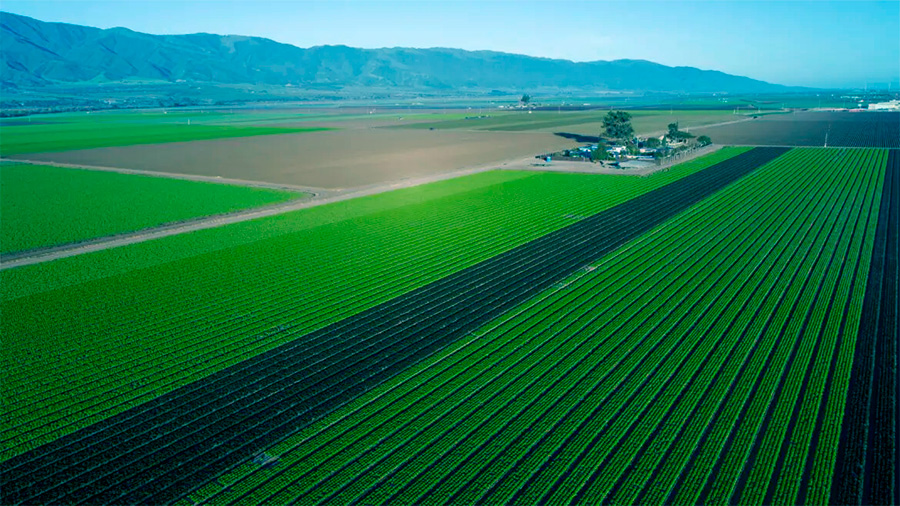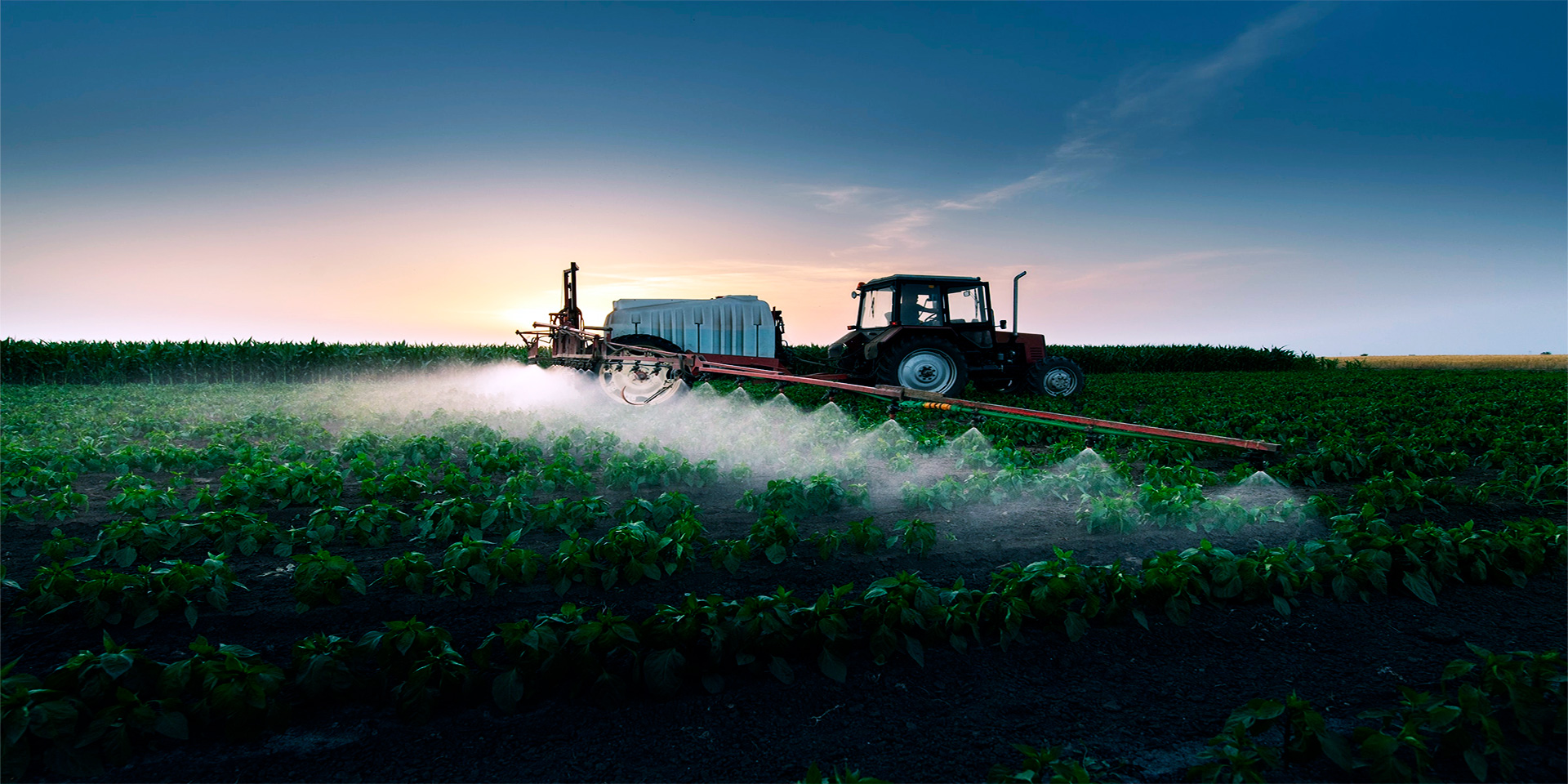Precision agriculture has revolutionized farming by integrating technology to optimize yields, conserve resources, and reduce costs. However, adopting these advanced techniques often requires significant financial investment, particularly in diverse geographies with unique challenges. Loans specifically designed for precision agriculture play a critical role in enabling farmers across varying terrains to implement these solutions, transforming traditional farming practices into efficient, sustainable operations. This article explores how agricultural loans facilitate precision farming, addressing the specific needs of farmers in diverse geographical conditions.
The Importance of Precision Agriculture
Precision agriculture uses data-driven technology, such as GPS mapping, drones, sensors, and software, to manage farming practices at a micro-level. This approach allows farmers to optimize inputs like water, fertilizer, and pesticides while maximizing yields and minimizing waste. Despite its advantages, the initial costs of equipment and infrastructure can be prohibitive, particularly for small-scale farmers or those operating in challenging environments.
For example, a farmer in a mountainous region may need specialized drones for terrain mapping, while a grower in arid conditions might require advanced irrigation systems. Loans tailored to these needs provide the financial support necessary to access precision agriculture technologies.
Benefits of Precision Agriculture
- Increased Yields: Optimized planting and harvesting schedules boost productivity.
- Resource Efficiency: Reduced water, fertilizer, and pesticide usage lowers costs.
- Environmental Sustainability: Minimizing waste reduces ecological impact.
- Data-Driven Decisions: Real-time insights improve crop management.
Precision agriculture is a critical tool for meeting the growing global demand for food while preserving natural resources.
Challenges in Diverse Geographies
Farmers operating in varied geographical conditions face unique challenges that affect the adoption of precision agriculture. Factors such as terrain, climate, and soil quality influence the type of equipment and techniques required, increasing the complexity and cost of implementation.
For instance, farmers in flood-prone regions may need water-resistant sensors and drainage management systems, while those in hilly areas require specialized machinery to navigate uneven terrain. In desert regions, advanced irrigation technologies like drip systems and soil moisture sensors are essential to counter water scarcity.
Key Challenges by Geography
- Mountainous Areas: Difficult terrain requires customized machinery and mapping tools.
- Arid Regions: Water scarcity demands advanced irrigation and moisture monitoring systems.
- Flood-Prone Areas: Drainage management and weather prediction tools are critical.
- Dense Forest Zones: Land clearing and soil analysis tools may be necessary for cultivation.
Addressing these challenges requires targeted financial solutions to make precision agriculture accessible and effective.

The Role of Loans in Precision Agriculture
Agricultural loans are indispensable for farmers seeking to adopt precision farming techniques. These loans provide the capital needed to purchase equipment, implement technology, and invest in training. By tailoring loan terms to the unique needs of precision agriculture, lenders enable farmers to modernize their operations and improve productivity.
For example, a farmer in a remote area might use a loan to purchase GPS-guided tractors and soil sensors, while another in a drought-prone region could invest in smart irrigation systems. Flexible repayment schedules tied to crop cycles ensure that farmers can manage debt without undue financial strain.
Types of Loans for Precision Agriculture
- Equipment Financing: Loans specifically for purchasing machinery, drones, and sensors.
- Infrastructure Loans: Funding for building irrigation systems, greenhouses, or weather stations.
- Technology Integration Loans: Support for software, data analytics tools, and training programs.
- Climate-Adaptation Loans: Financial assistance for technologies designed to mitigate specific climate challenges.
These loans ensure that farmers have the resources to adopt precision agriculture, regardless of their geographical constraints.
Success Stories: Precision Agriculture Across Geographies
Numerous examples illustrate how loans for precision agriculture have transformed farming in diverse geographies. These success stories highlight the potential of targeted financial support to overcome regional challenges and unlock the benefits of modern farming techniques.
Case Study: Mountainous Terrains
In the Andes, smallholder farmers used microloans to purchase drones equipped with terrain mapping capabilities. These drones provided detailed topographical data, enabling farmers to plan irrigation systems and optimize planting on steep slopes. The result was a 30% increase in crop yields and a significant reduction in water usage.
Case Study: Arid Regions
In Rajasthan, India, farmers accessed government-subsidized loans to install drip irrigation systems and soil moisture sensors. These technologies helped them reduce water consumption by 50% while maintaining high crop productivity, demonstrating the effectiveness of precision farming in water-scarce environments.
Case Study: Flood-Prone Areas
In Bangladesh, agricultural cooperatives used group loans to invest in flood-resistant sensors and drainage systems. These tools minimized crop losses during monsoon seasons, enabling farmers to maintain consistent incomes despite challenging conditions.
Case Study: Tropical Forest Zones
In Brazil, farmers in dense forest regions used loans to fund land analysis and clearing tools, ensuring sustainable cultivation practices. Precision soil testing and mapping allowed them to maximize yields without contributing to deforestation.
These examples underscore the transformative impact of financial support on precision agriculture adoption in diverse settings.

Government and Private Sector Initiatives
Governments and private financial institutions play crucial roles in facilitating access to loans for precision agriculture. Through subsidies, grants, and innovative lending programs, these stakeholders bridge the gap between farmers and the capital they need to adopt advanced technologies.
Government Programs
Many governments offer subsidized loans and grants to encourage precision agriculture adoption. For example:
- India: The Pradhan Mantri Fasal Bima Yojana provides financial aid for climate-resilient farming technologies.
- United States: USDA loans support farmers in purchasing precision equipment and integrating technology.
- European Union: The Common Agricultural Policy includes funding for smart farming initiatives.
These programs reduce financial barriers and incentivize sustainable practices.
Private Sector Contributions
Private lenders and agritech companies also offer innovative financial solutions for farmers. Examples include:
- Agri-Fintech Startups: Platforms like FarmDrive and Apollo Agriculture provide tailored microloans based on data-driven credit assessments.
- Partnerships: Collaborations between banks and equipment manufacturers offer bundled loans and discounts.
- Crowdfunding: Peer-to-peer lending platforms connect farmers with investors seeking sustainable projects.
The private sector complements government efforts by addressing funding gaps and providing specialized solutions.
Overcoming Barriers to Adoption
Despite the benefits, barriers such as limited financial literacy, high interest rates, and access challenges can hinder the adoption of loans for precision agriculture. Addressing these issues is essential to ensure widespread implementation.
Strategies to Overcome Barriers
- Financial Education: Training programs to improve farmers’ understanding of loans and technology.
- Subsidies and Incentives: Reducing interest rates and offering tax breaks for precision farming investments.
- Digital Platforms: Simplifying loan applications and approval processes through mobile apps.
- Community Support: Encouraging cooperative models to share costs and resources.
These measures enable more farmers to access financial resources and adopt modern farming practices.
The Conclusion
Loans for precision agriculture are essential for empowering farmers in diverse geographies to adopt advanced technologies tailored to their unique conditions. By addressing the specific challenges of varying terrains and climates, these financial solutions enable sustainable farming practices, boost productivity, and enhance resilience to environmental changes. With support from governments, private institutions, and innovative programs, precision agriculture is becoming increasingly accessible, paving the way for a more efficient and sustainable global food system.




